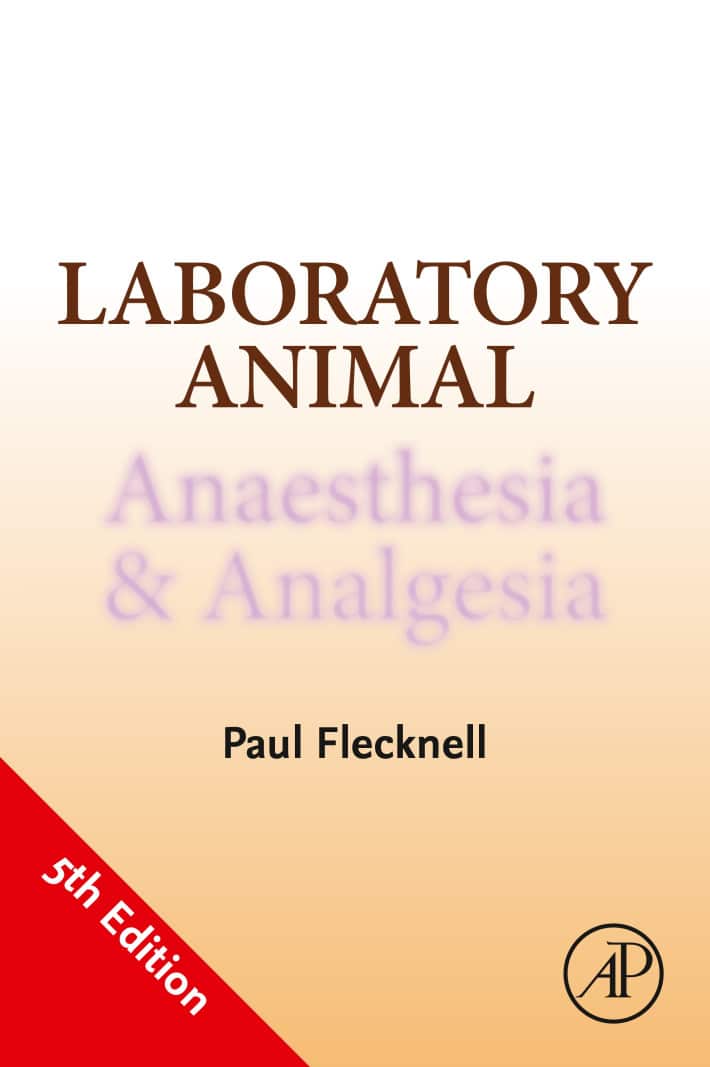
By Paul Flecknell
Laboratory Animal Anaesthesia and Analgesia 5th Edition provides an essential guide to anesthesia for a very diverse audience involved in animal testing. This has been the go-to resource for current, clear, evidence-based information for over 30 years. The book is divided into four parts that deal with preparation for anesthesia, including definitions, equipment, preparations, anesthetic and analgesic agents, the management and monitoring of anesthesia, including pre-procedural preparations, monitoring and problems and emergencies through the procedure, advanced and specialized techniques, and analgesia and post-operative care, including recovery and the prevention and management of post-operative pain.
Final sections cover anesthesia in common laboratory species, specifically: rodents, rabbits, cats, dogs, ferrets, pigs, sheep and goats, primates, reptiles, amphibians and new specific chapters on birds, fish and cephalopods. This edition keeps up with the tradition of bringing a balanced dose of practical advice, foundational content, and current, updated references, drugs and procedures to veterinarians, technicians, researchers and ethics committee personnel.
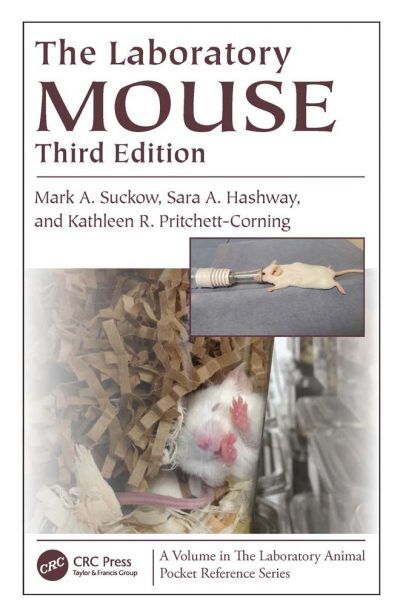
This Book is Available For Premium Members Only



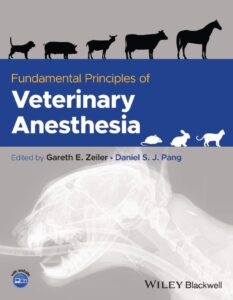
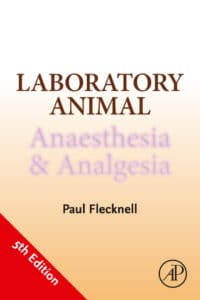

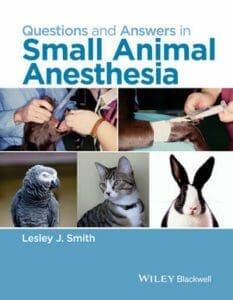

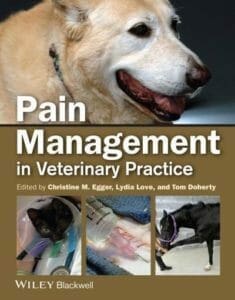




![Ettinger’s Textbook of Veterinary Internal Medicine 9th Edition [PDF+Videos] Ettinger’s Textbook of Veterinary Internal Medicine 9th Edition [True PDF+Videos]](https://www.vet-ebooks.com/wp-content/uploads/2024/10/ettingers-textbook-of-veterinary-internal-medicine-9th-edition-100x70.jpg)
![Textbook of Veterinary Diagnostic Radiology 8th Edition [PDF+Videos+Quizzes] Thrall’s Textbook of Veterinary Diagnostic Radiology, 8th edition PDF](https://www.vet-ebooks.com/wp-content/uploads/2019/09/textbook-of-veterinary-diagnostic-radiology-8th-edition-100x70.jpg)







